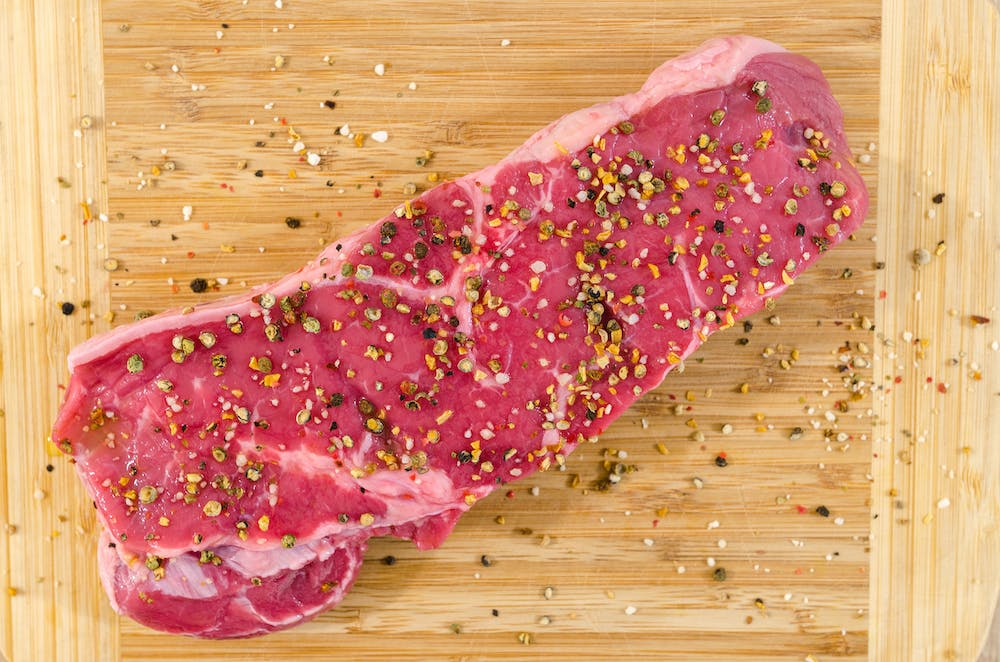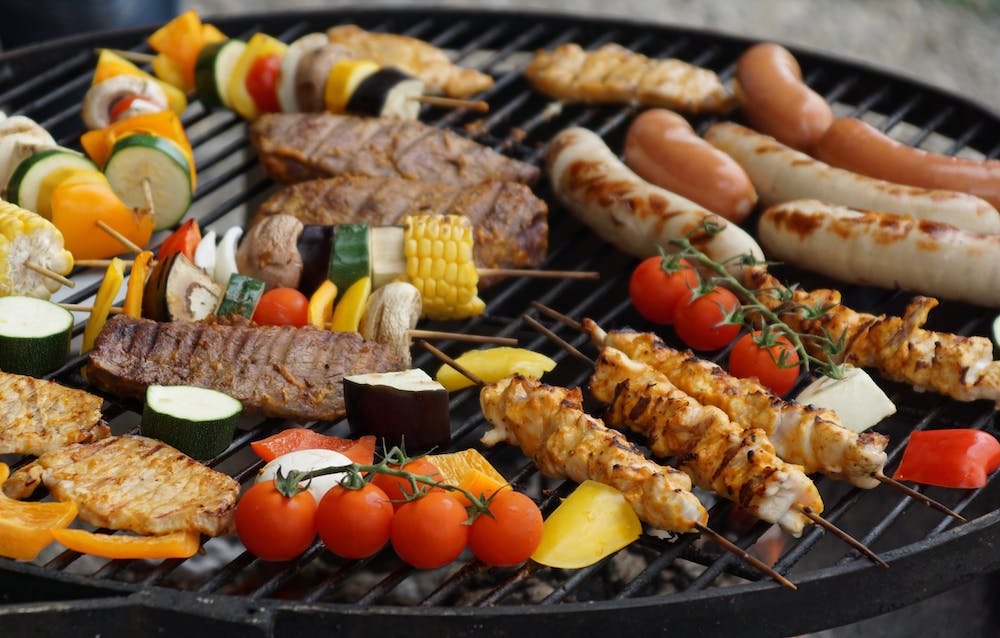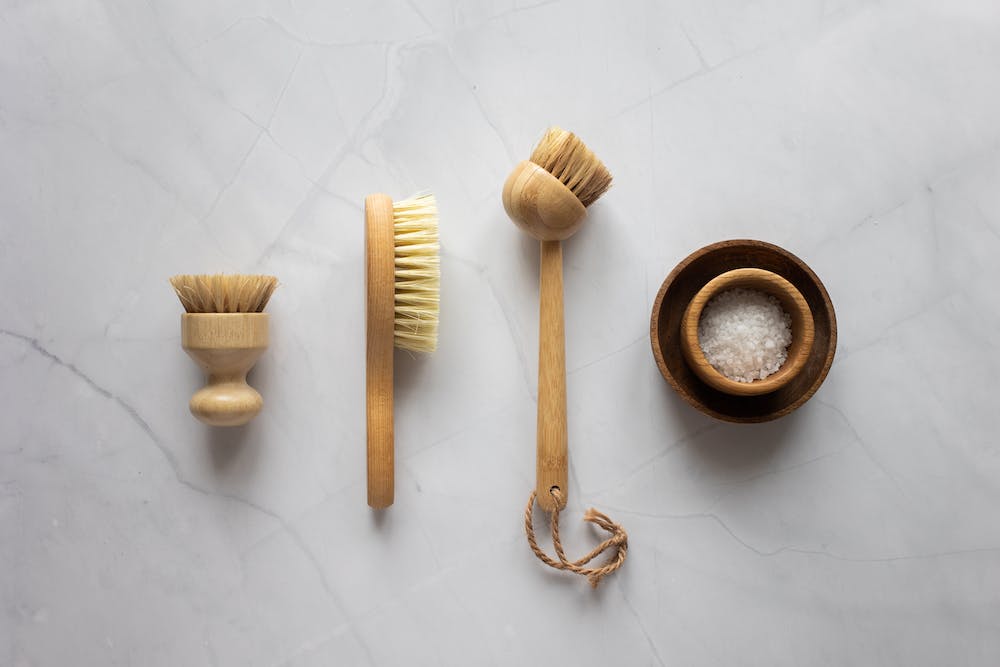Poaching: A Delicate Cooking Technique for Tender Proteins
 Have you ever wondered how to cook chicken, fish, or eggs without drying them out or overcooking them? If so, you might want to try poaching, a gentle and delicate cooking technique that results in tender and moist proteins. Poaching involves simmering food in a liquid, such as water, broth, milk, wine, or juice, at a low temperature, usually between 160°F and 180°F. The liquid should barely bubble, creating a calm and soothing environment for the food to cook slowly and evenly. Poaching is ideal for delicate foods that might fall apart or lose their shape in more aggressive cooking methods, such as boiling or frying. Poaching also preserves the natural flavor and texture of the food, without adding any extra fat or oil.
Have you ever wondered how to cook chicken, fish, or eggs without drying them out or overcooking them? If so, you might want to try poaching, a gentle and delicate cooking technique that results in tender and moist proteins. Poaching involves simmering food in a liquid, such as water, broth, milk, wine, or juice, at a low temperature, usually between 160°F and 180°F. The liquid should barely bubble, creating a calm and soothing environment for the food to cook slowly and evenly. Poaching is ideal for delicate foods that might fall apart or lose their shape in more aggressive cooking methods, such as boiling or frying. Poaching also preserves the natural flavor and texture of the food, without adding any extra fat or oil.
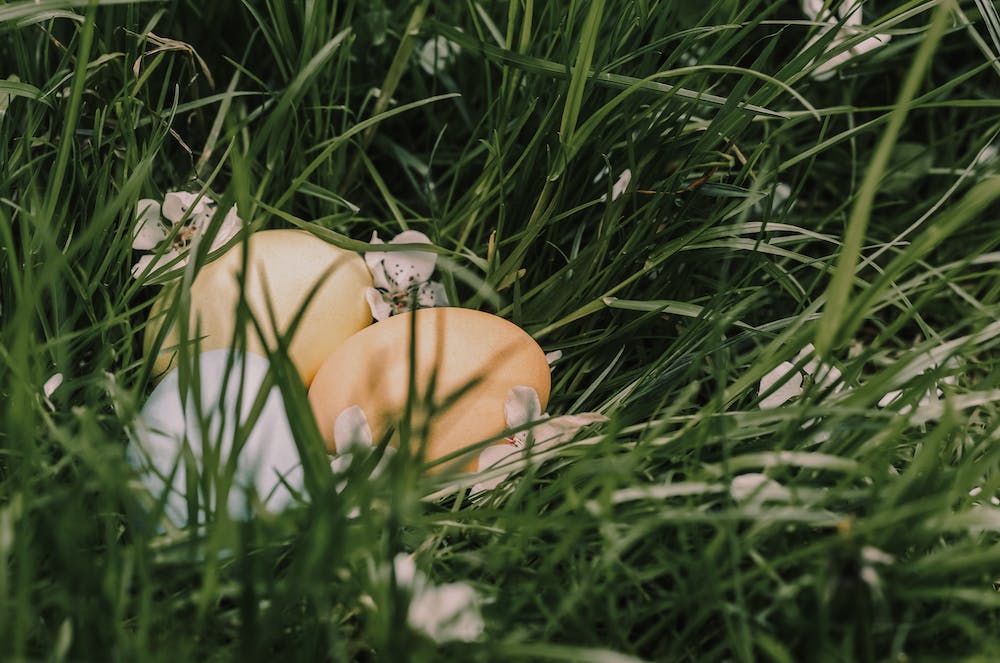 Some of the benefits of poaching are:
Some of the benefits of poaching are:
 – It’s easy and foolproof. You don’t need any special equipment or skills to poach food. All you need is a pot, a stove, a thermometer, and some liquid. You can use a slotted spoon or a spatula to gently lift the food out of the liquid when it’s done.
– It’s easy and foolproof. You don’t need any special equipment or skills to poach food. All you need is a pot, a stove, a thermometer, and some liquid. You can use a slotted spoon or a spatula to gently lift the food out of the liquid when it’s done.
– It’s healthy and low-calorie. Poaching doesn’t require any added fat or oil, unlike frying or sautéing. The liquid can also infuse the food with extra flavor and nutrients, depending on what you use. For example, you can poach chicken in chicken broth with herbs and spices, or poach salmon in white wine with lemon and dill.
– It’s versatile and adaptable. You can poach almost any type of protein, from chicken breasts to shrimp to tofu. You can also poach fruits, such as pears or peaches, for a light and refreshing dessert. You can experiment with different liquids, seasonings, and accompaniments to create different dishes.
 Some tips for successful poaching are:
Some tips for successful poaching are:
 – Choose the right pot and liquid. The pot should be large enough to hold the food in a single layer, with enough liquid to cover it by at least an inch. The liquid should be flavorful and complement the food. For example, you can use water for eggs, milk for custard, or wine for fish.
– Choose the right pot and liquid. The pot should be large enough to hold the food in a single layer, with enough liquid to cover it by at least an inch. The liquid should be flavorful and complement the food. For example, you can use water for eggs, milk for custard, or wine for fish.
– Bring the liquid to a simmer before adding the food. The liquid should be hot but not boiling when you add the food. Boiling can cause the food to toughen or fall apart. You can use a thermometer to check the temperature of the liquid, or look for tiny bubbles on the surface.
– Adjust the heat and time as needed. The heat should be low enough to maintain a gentle simmer, but high enough to cook the food through. The cooking time will vary depending on the type and size of the food. For example, eggs take about 3 minutes to poach, while chicken breasts take about 15 minutes. You can use a knife or a fork to test the doneness of the food.
– Enjoy your poached food with your favorite sauce or garnish. You can serve your poached food hot or cold, depending on your preference. You can also drizzle some of the poaching liquid over the food for extra flavor and moisture. Some common sauces and garnishes for poached food are hollandaise sauce for eggs benedict, salsa verde for poached fish, or whipped cream for poached fruit.
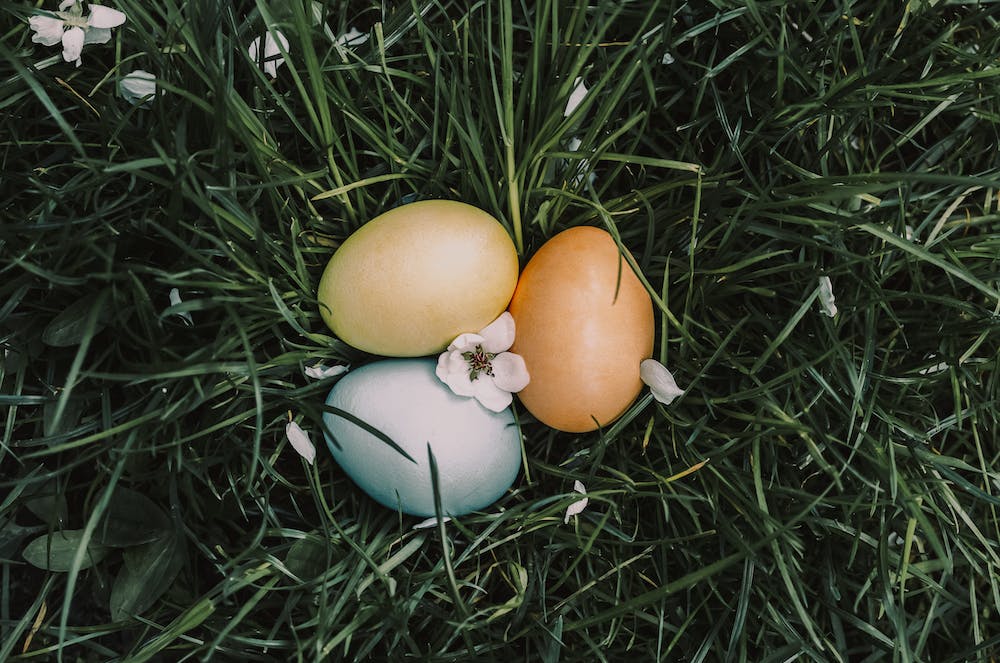 Poaching is a simple and elegant way to cook tender and juicy proteins that are perfect for any meal. Whether you want to make a classic breakfast of poached eggs on toast, a light lunch of poached chicken salad, or a fancy dinner of poached salmon with asparagus, poaching can help you achieve delicious results with minimal effort. Try it today and see for yourself!
Poaching is a simple and elegant way to cook tender and juicy proteins that are perfect for any meal. Whether you want to make a classic breakfast of poached eggs on toast, a light lunch of poached chicken salad, or a fancy dinner of poached salmon with asparagus, poaching can help you achieve delicious results with minimal effort. Try it today and see for yourself!




